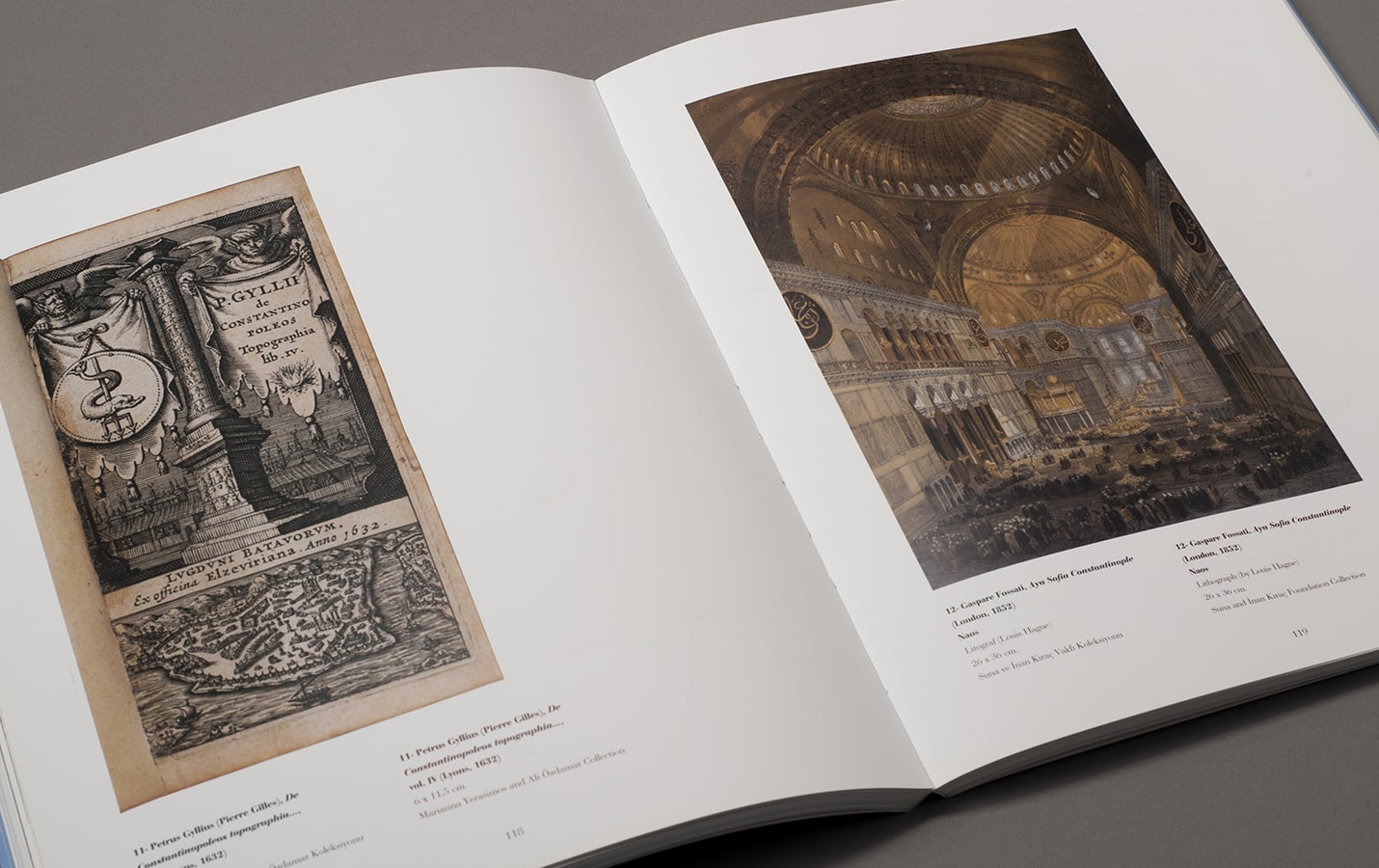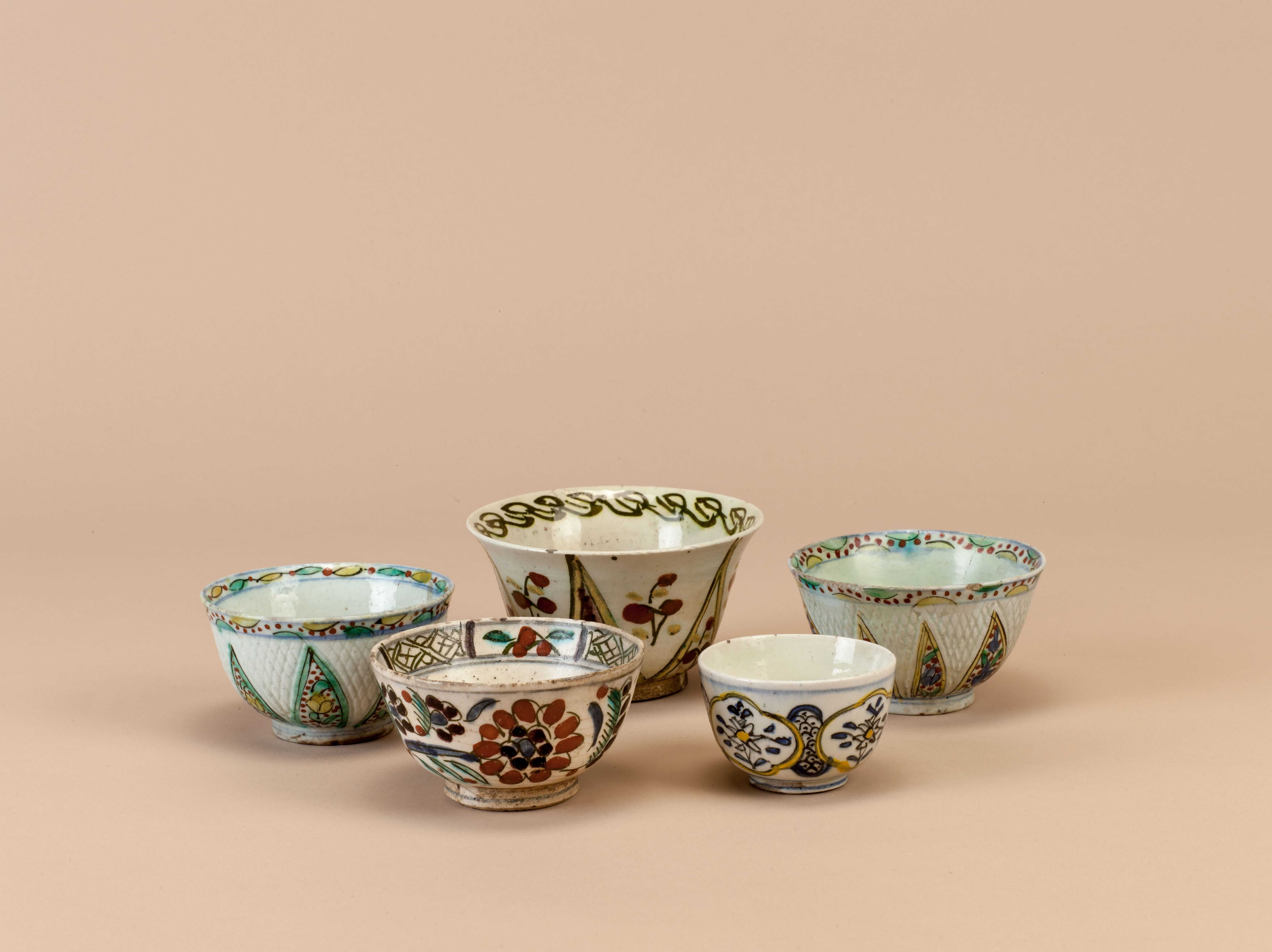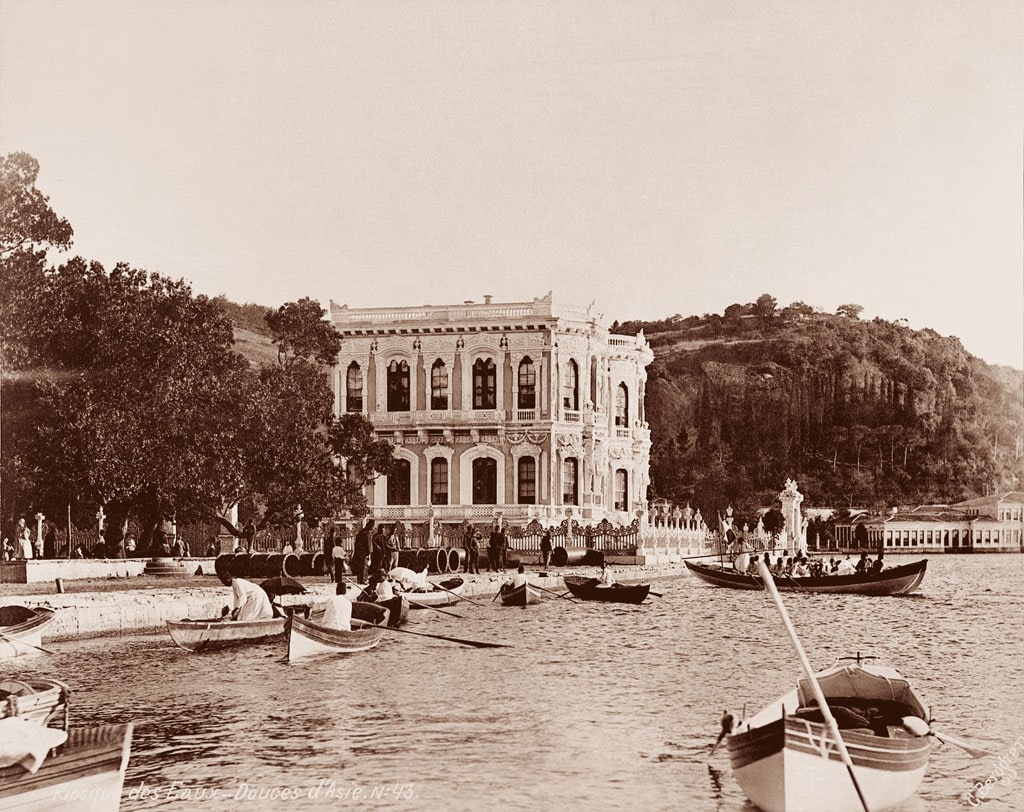April 13 - July 1, 2007
The former church of the monastery of Christ of the Chora, better known today as the Kariye Mosque or Kariye Museum, is one of the most impressive Byzantine monuments to survive in the modern city of Istanbul. Founded probably as early as the sixth century, rebuilt by members of the imperial family in the late eleventh and early twelfth centuries, and splendidly restored by the Byzantine humanist, poet, and prime minister Theodore Metochites between 1316 and 1321, the church of the Chora Monastery is today considered one of the most outstanding examples of Late Byzantine art and architecture to survive. While the building itself was already known as the ‘Mosaic Mosque' during the nineteenth century, the fame of the church's rich and complex interior decoration rests by and large on an extensive restoration campaign initiated by the American scholar and philanthropist Thomas Whittemore, founder and director of the Byzantine Institute of America from 1930 to his death in 1950.
It was the aim of this exhibition to explore the history of the “Kariye” through its representation over the centuries, and to pay homage to the two men who were responsible for its restoration and conservation in the fourteenth and twentieth centuries respectively: Theodore Metochites and Thomas Whittemore. The exhibition furthermore aimed to celebrate the work of those who have helped to preserve the architecture of the Kariye and its extraordinary cycle of mosaics and frescoes during the 1940s and 1950s.
Born into a well-established Byzantine family, Theodore Metochites (1270-1332) became one of the most prominent political and intellectual figures of the Late Byzantine Empire. His immense learning and broad scholarly interests make him a worthy equal to other famous Byzantine polymaths of previous centuries. Metochites' remarkable career in the imperial bureaucracy of Constantinople followed a long-standing Byzantine tradition, by which emperors patronized loyal and learned men. He was unique, however, in the world of Byzantine scholar-bureaucrats as he attained unparalleled power and gathered enormous wealth that enabled him to become a patron of the arts and letters himself.
Relatively late in his life, Theodore Metochites also began writing poetry and his twenty poems composed mostly in the 1320s have come down to us in a single manuscript. The poetry contained in this volume contributes to a fuller portrait of the personality, opening a window into his emotional world. In some poems, we see Metochites joyous and proud of his achievements, among them the restoration and embellishment of the Chora monastery, in others we see him bemoaning his fall from power and his exile.
Thomas Whittemore, on the other hand, is recognized as a scholar, a professor, an archeologist and philanthropist who worked for many years in the United States, Europe, Turkey, Russia and Egypt. He founded The Byzantine Institute of America, in the 1930s, which was created with the dual mission of preserving Byzantine monuments and promoting their study. The first project undertaken by the Institute was the restoration of mosaics in the former church of Hagia Sophia in Istanbul in 1931. The Institute launched a similar program at the Kariye Camisi in 1947, beginning with the conservation of the mosaics in the central space of worship (naos) and entrance vestibules (narthices). After the discovery of a vivid fresco cycle in the funerary chapel (parekklesion), the project was expanded to include painting conservation. After the death of Thomas Whittemore, in 1950, the Byzantine Institute of America was governed by the Dumbarton Oaks Fieldwork Committee in Washington, D.C., which continues its traditions and supports the study and preservation of Byzantine monuments to the very day.
This exhibition allowed Theodoros Metokhites' manuscript, archeological finds excavated at Kariye, and a large number of historic records and photographs documenting the period restoration of the breathtaking mosaics and frescoes to be displayed in İstanbul for the first time.
Exhibition Catalogue

The former church of the monastery of Christ of the Chora, better known today as the Kariye Camisi or Kariye Museum, is one of the most impressive Byzantine monuments to survive in the modern city...

Coffee was served with much splendor at the harems of the Ottoman palace and mansions. First, sweets (usually jam) was served on silverware, followed by coffee serving. The coffee jug would be placed in a sitil (brazier), which had three chains on its sides for carrying, had cinders in the middle, and was made of tombac, silver or brass. The sitil had a satin or silk cover embroidered with silver thread, tinsel, sequin or even pearls and diamonds.

Berggren acquires the techniques of photography in Berlin and holds different jobs in various European cities before arriving in İstanbul. Initially en route to Marseille, he disembarks from his ship in 1866 and settles in İstanbul, where he is to spend the rest of his life.
Tuesday - Saturday 10:00 - 19:00
Friday 10:00 - 22:00
Sunday 12:00 - 18:00
The museum is closed on Mondays.
On Wednesdays, the students can
visit the museum free of admission.
Full ticket: 300 TL
Discounted: 150 TL
Groups: 200 TL (minimum 10 people)